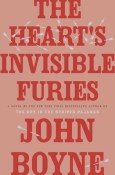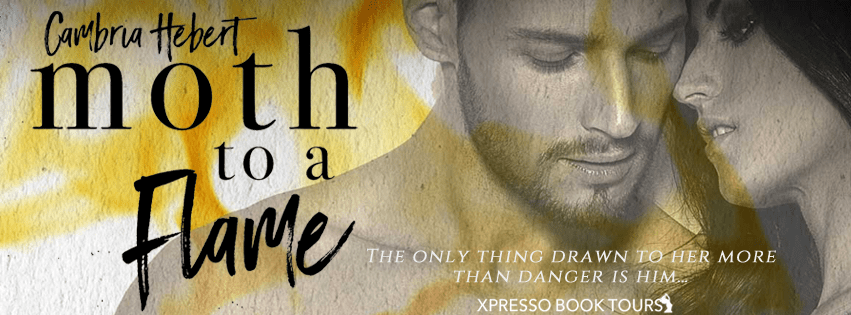
Title: The Heart’s Invisible Furies
Author: John Boyne
Format: eBook, courtesy of NetGalley and
Start Date: August 22, 2017
End Date: August 28, 2017
Rating: 5 stars
“Why do they hate us so much anyway?” I asked after a lengthy pause. “If they’re not queer themselves, then what does it matter to them if someone else is?”
“I remember a friend of mine once telling me that we hate what we fear in ourselves,” she said with a shrug. “Perhaps that has something to do with it.”
Wow, this book. What an unassuming cover for such an ambitious, powerhouse of a book, blending themes of feminism, homosexuality, religious bigotry, morality, patriotism, and redemption. It’s a sweeping saga in the vein of Colleen McCullough’s 1977 classic The Thorn Birds, and even more recently reminiscent of Min Jin Lee’s Pachinko (review here).
The Heart’s Invisible Furies tells the story of Cyril Avery, born in Ireland in 1945 to a teenage girl out of wedlock and raised by a couple who kept insisting he was not a “real” Avery, seeing as he was adopted. Never feeling like he truly belonged anywhere, Cyril struggled for his entire life to be happy, especially as having to come to terms with being a homosexual man in a highly conservative and religious Ireland, where the very nature of homosexuality was reviled and even illegal.
My heart broke for Cyril constantly. Not only could he not express who he truly was, but he had no role model to look up to that could guide him on his journey of self-discovery. He was alone, and because of that, he made mistakes. A lot of mistakes. But that didn’t make him any less sympathetic of a character. He tried his best to stay true to himself, even if he hurt people along the way. He made mistakes, but he eventually learned from them and grew into a better person as a result.
I thought it interesting that the author chose to separate the narrative in seven-year chunks. On one hand, it sometimes felt slightly disjointed because, as a reader, I was so immersed in the story of Cyril as a fourteen-year-old boy that it was a little disconcerting to turn the page and he was twenty-one years old, and so on. However, it also provided a means for the reader to step back for a moment and process all that happened, even to grieve, especially when a section ended with an emotional kick in the gut. We see the characters move on, so we must move on as well.
This book was also filled with coincidences that, though they weren’t immediately believable – like the fact that Cyril and his mother kept innocuously meeting at the fringes of their lives – also didn’t particularly stick out. Were some of the chance meetings and events that occurred highly unlikely? Yes, of course, but these things can happen in real life, albeit rarely. And maybe it was because the themes of this book were so heavy that it distracted the reader from these seemingly unlikely coincidences that at the same time felt completely natural. Honestly, if that’s the worst thing about this book, then I’m not complaining.
Well, that, and the author’s utter disregard for the Oxford comma. But I digress.
The Heart’s Invisible Furies was a beautiful story. Sad, yes: it was utterly heartbreaking. But it was also hilarious and filled with a sense of hope for a better world.
But the way my mother told it, he wasn’t necessarily the villain of the piece. Maybe there were no villains in my mother’s story at all. Just men and women, trying to do their best by each other. And failing.
Thank you to NetGalley and Crown Publishing for a copy of this eBook in exchange for an honest review.
Advertisements Share this:





